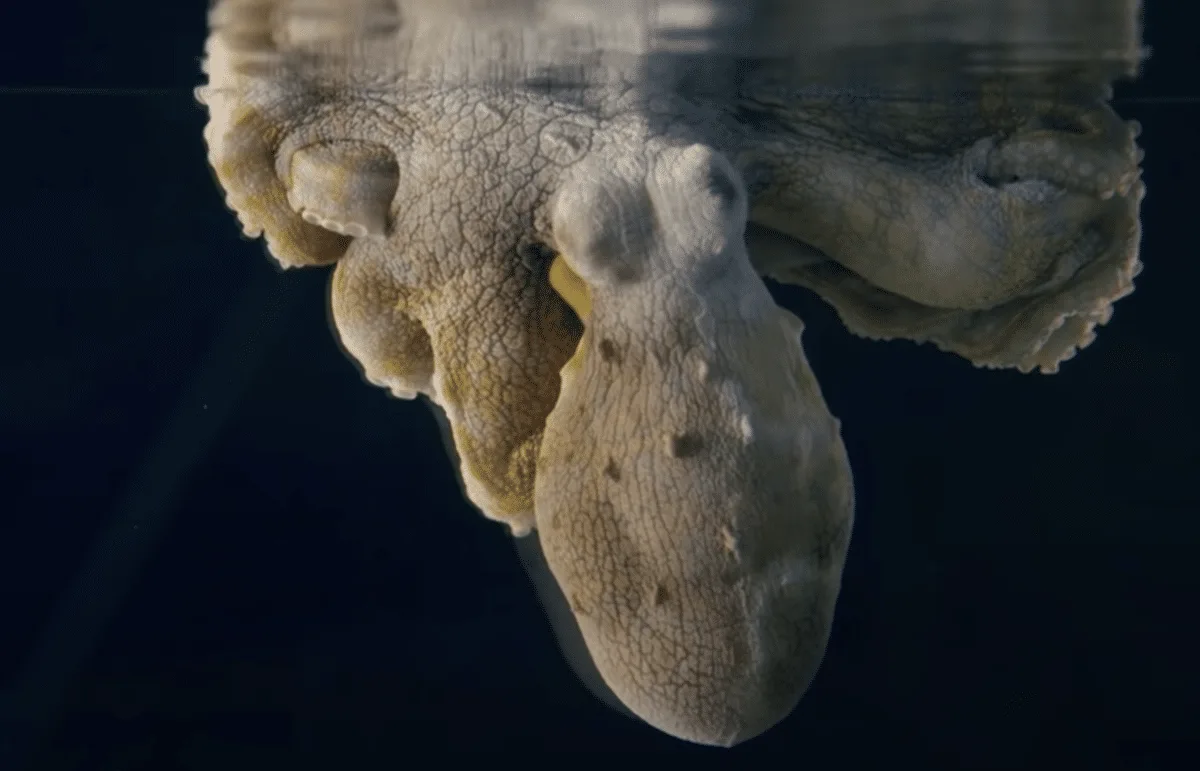The marine biology group witnessed something amazing: the secret was revealed. They observed that octopus can change color even while asleep. Together, we will discuss this interesting discovery of octopus coloring.
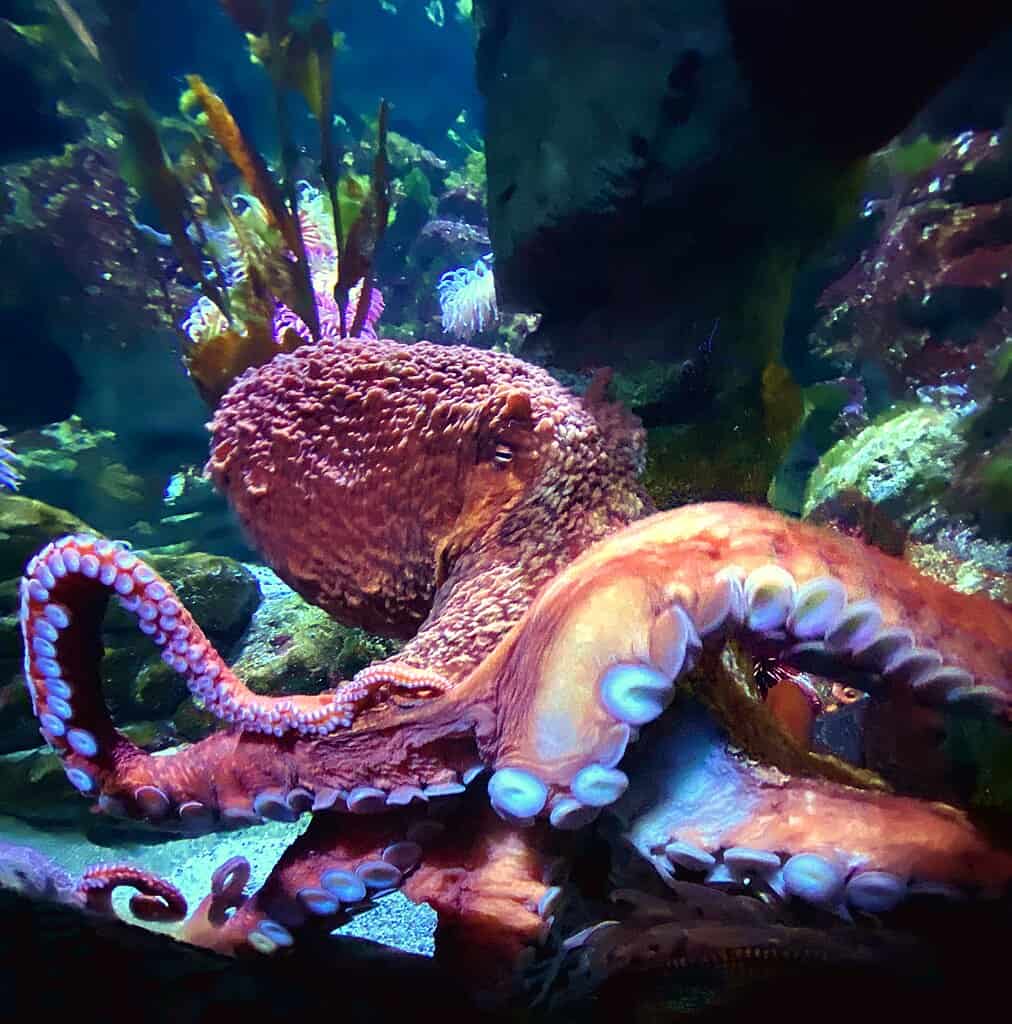
In the depths of the ocean, an animal that has captivated scientists, poets, and storytellers for hundreds of years lies hidden. An octopus is able to adjust easily and change its appearance in order to blend into its surroundings.
The Art of Octopus Camouflage
Living in the ocean for an octopus can be difficult. Making one move can put an octopus’s life at risk. They have created a shield for themselves called camouflage.
Octopuses have unique skin cells, which change color immediately to match their surroundings. This wonderful capability assists them in escaping predators and stalking prey.
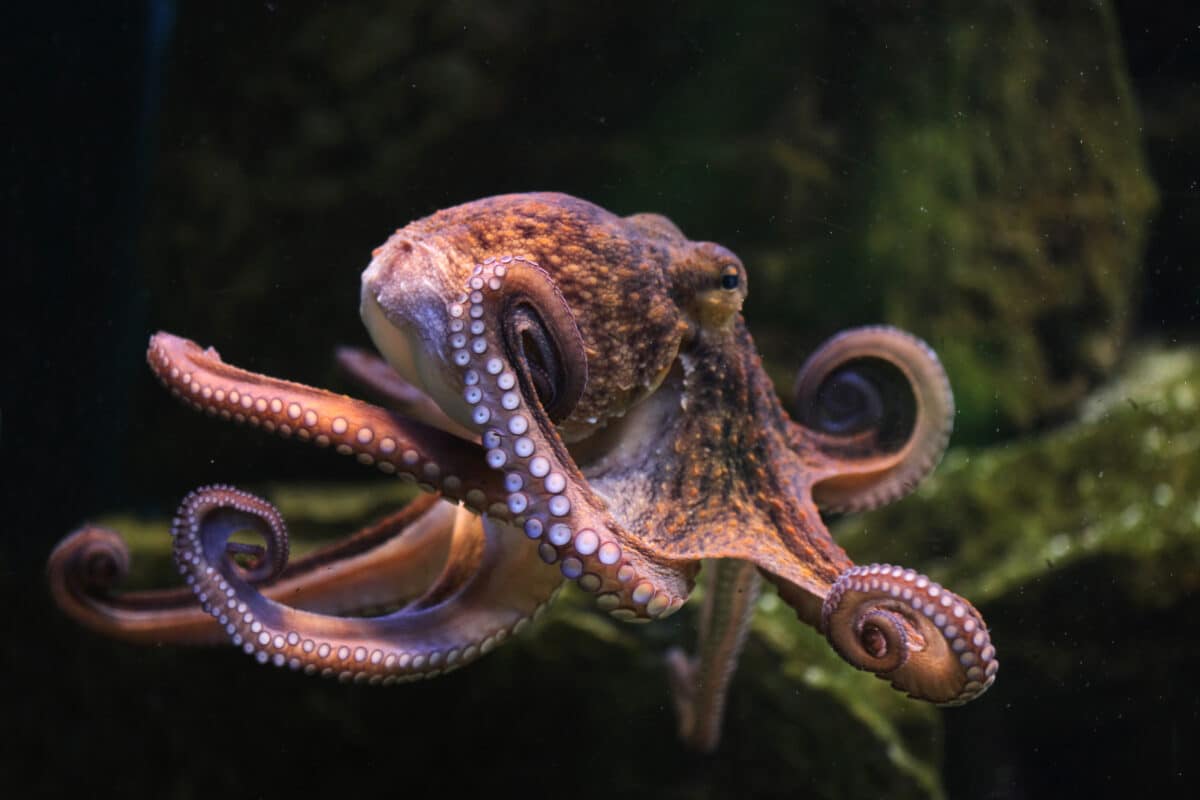
A Peek into the Dreamscape of an Octopus
The insightful video captures a remarkable moment as the octopus dozes off, taking on a magical appearance. Its skin vibrates with beautiful hues and patterns that seem straight out of a science fiction movie.
Deciphering the Sleep-Color Connection
After marine biologists and researchers saw the video, they became eager to learn more about the discovery why, even after being asleep, the octopus still changes colors.
Researchers are extensively investigating the mysterious discovery and are looking forward to revealing all the details of this rare sight.

The Evolutionary Advantage
Since octopus have the advantage of changing color during the night, this might also benefit them in their development.”
Making the best of your surroundings is essential, especially when navigating the vast ocean.
Since octopus can blend into their surroundings, they are able to avoid predators and other dangers at night.
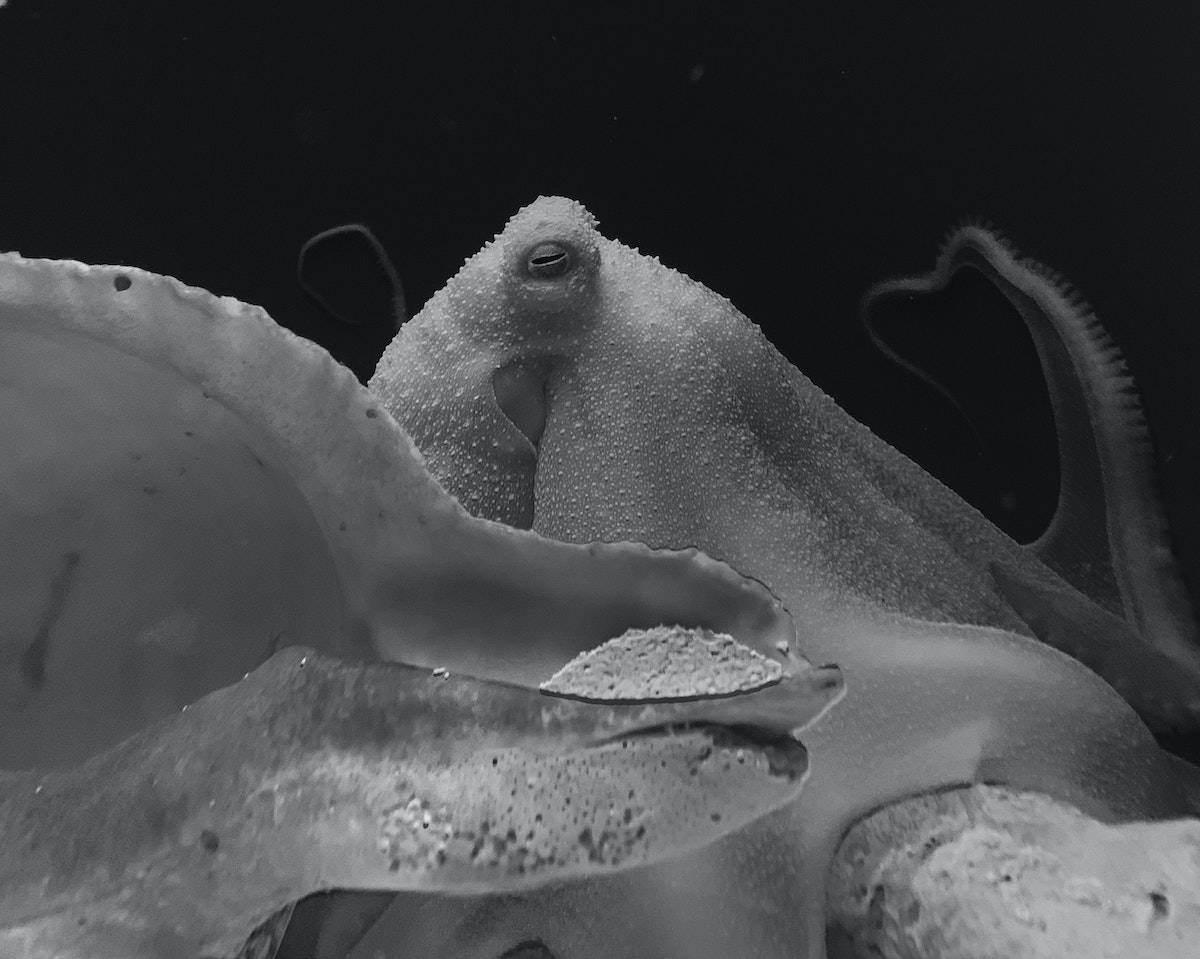
Unlocking the Mysteries of Octopus Intelligence
This video also shows us that octopus are unbelievably smart creatures. They are known for their amazing problem-solving skills they are also capable of using tools as well as recognizing a human face.
It makes us ask oneself : What other secrets lie hidden within the minds of these mysterious. creatures?
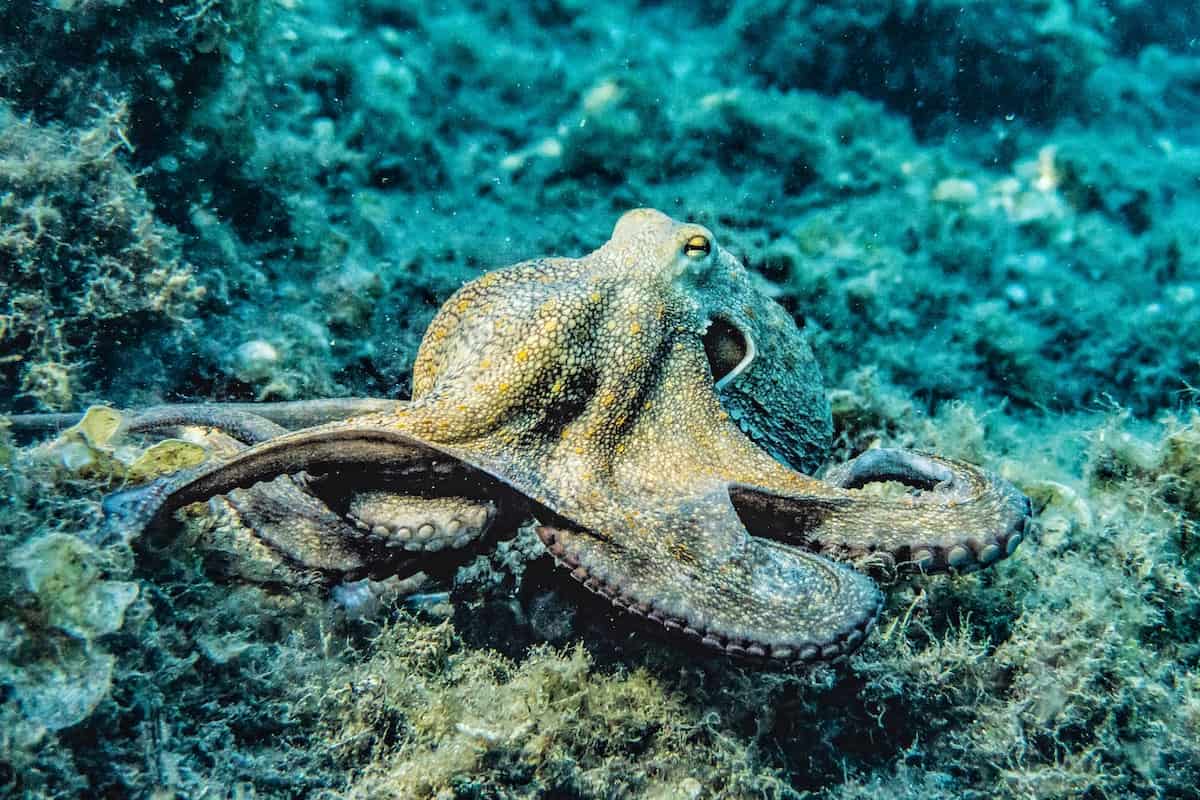
Octopi Changes Color In Their Sleep: Conclusion
In this astonishing video of an octopus that color changes while it sleep is evidence of the wonders of nature. Scientists are working towards finding answers and comprehending this extraordinary event that took place.
Therefore, let us take a good look at the video as a reminder of the boundless, incomprehensible things that lie beneath the seas.
To read more about these fascinating creatures of the deep, check out the articles below:
- Seal Hits Kayaker With an Octopus
- Octopus Changes Plastic Cup For a Sea Shell
- David Blane vs. Octopus – Masters of Escape
- Bees Cannot Fly in The Dark - April 24, 2024
- Golden Retriever Meets Its Favorite Disney Character - April 24, 2024
- Maine Coon Cat Meets A Coyote Puppy - April 24, 2024

